“If it should be determined that any complex organ existed which could not possibly have been formed by numerous, successive, slight modifications, my theory would absolutely break down.” -Charles Darwin
“The fossil record shows sharp discontinuity between species, not the gradual transitions that Darwinism inherently predicts. Darwin’s theory offers no coherent, evidence-based explanation for the evolution of even a single molecular pathway from primordial components. The origin of the genetic code belies random causation. All codes with which we have experience arise from intelligent agency. Intricate biomolecules such as enzymes are so functionally complex that it’s difficult to see how they could arise by random mutations.” –Dr. Michael Egnor, Professor of Neurosurgery
Charles Darwin was certain that scientists would eventually uncover the needed evidence in the fossil layers to support his theory of evolution. Paleontology and Geology, formalized in the nineteenth century, assumed that evidence would be discovered in the layers of rock and sediment around the world, and there was. However, these discoveries do not show numerous, successive, slight modifications of living things transitioning into other living things as Darwin theorized. So what does the fossil record show?
First, we need to understand what a fossil is:
When living things die they decompose fairly rapidly. Most will either be eaten by a scavenger or decomposed by microorganisms, this occurs quickly when exposed to oxygen. A fossil typically forms when a living thing is buried rapidly in sediment, this is called permineralization. Small scale permineralization can produce very detailed fossils.
The degree to which the remains are decayed upon coverage will determine the later details of the fossil. The quicker something is buried the more chance we have of finding a fully intact fossil, possibly even with soft tissue.
Today most scientist believe that we have explored all of the major rock layers that contain the fossil record. Modern day paleontologists, based on the study of the rock layers, and the fossils found within them, say that this information can tell us how life has evolved. Scientists have charted the rock layers as representing eras of time. But, what if they are misreading these layers?
There are several problems evolutionists must address concerning the fossil record:
1) How were the rock layers originally formed? Since fossils must be formed quickly, and it would appear that this can only happen in catastrophic events, then isn’t it possible that the layers of rock we see today were formed by a catastrophic event like a worldwide flood? There are ancient flood stories in almost every culture around the world but scientists will not use this information as part of their research reporting—why?
If this is true (like the Biblical record shows) then the layers would not represent time periods but gushes of water (advancing and receding); mega volcanic flows and massive earthquake activity. This type of evidence was observed on a smaller scale by scientists after the Mt. St. Helen’s eruption in 1980 (click for more info). Huge canyons formed rapidly in a matter of days; plants and animals were killed and buried immediately in the torrents, forming fossils.
The same type of evidence appears in the layers of the Grand Canyon. Fossils of microscopic and small marine life are found in all of layers of the canyon, including the top—shouldn’t they only be in the lower layers according to evolutionary theory of a gradual process? I think these pictures look more like the result of massive flood waters like we see above.
95% of all fossils are marine invertebrates, mostly shellfish. Less than 5% are plants, including trees and algae. Only less than 1% of the fossil record contains vertebrates of all kinds, this encompasses reptiles (including dinosaurs), amphibians, mammals, birds and humans.
2) Does the geological record show uniformity or catastrophes? (Click for more info) Secular scientists hold to a uniformitarian view of earth’s history. This means they do not believe that there has been any major world-wide catastrophic events such as Noah’s flood and that the sedimentary layers and rocks have been laid down slowly over millions of years, yet this view does not correspond to the definition of how fossils are formed. A catastrophist view best explains the evidence found in the layers (like the abundance of marine life even in the highest layers) and corresponds to what we can observe in minor catastrophic events today. Why are they ignoring this possibility?
These are examples of the damage that localized floods do. What kind of landscape do you think we would see following a worldwide catastrophic flood, something like we see in the Grand Canyon?
3) If the earliest rock layers contain fully formed body plans of organisms that we have with us today, how and when does evolution occur? (click link to read more) According to secular science the Cambrian era is the period of time where earth’s oldest fossils are found in the sedimentary layer of rocks and shale. Secular science dates this period at 540 to 490 million years ago (although there are variations in these dates and problems associated with the dating methods themselves). However, in this layer and period of time we find fossils with fully formed body plans that match most of the major phyla and species we have today. There is no significant life found prior to this (except bacteria). This explosion of life is sudden and massive, so the question is: If there are no fossils before the Cambrian period when does the evolution happen?
4) Why are scientific names of ancient fossils and modern day species different if the body plans are the same? Scientific names are given to all species upon their discovery. There are ancient fossils in museums today that are held up as early forms of modern day species that have gone extinct presumably due to evolutionary movement. Upon close examination many of the ancient fossils look exactly like the modern day species but have entirely different names. Why are they different when they have identical body plans? Dr. Carl Werner has collected evidence from fossils around the world. He heads up a project called Living fossils (click for more info) that exposes this apparent deception.
These fossils look alike to me, how about you?
5) Where are the multitude of transitional forms that should be in the fossil record and are not? Morphology (the study of the form and structure of organisms) shows that the fossil record does not contain the needed number of transitional forms for the phyla in the major kingdoms of life. Dr. David Berlinski, Ph.D., philosophy from Princeton University and postdoctoral fellow in mathematics and molecular biology at Columbia University, poses this question:
“How many changes should we see if a complex life form goes, for example, from being a sea dwelling creature to a land dwelling creature?”
Berlinski’s answer: “Most Morphologists suggest that even with a modest estimate you would need roughly 50,000 morphological changes to make that adaptation which requires specific changes in physiological features and evolutionists hold up maybe two. What happened then to the other 49,998 forms that we should see in the fossil record? We simply do not know, but neither do the other guys.”
Based on Darwin’s own admission “If it should be determined that any complex organ existed which could not possibly have been formed by numerous, successive, slight modifications, my theory would absolutely break down.”
CLICK ON THIS LINK TO READ, “Just What Needs to be Accomplished From Ape-like Ancestor to Humans”.
Based on the evidence and the problems evolutionists have with the fossil record Darwin’s theory does absolutely break down. The logical conclusion should be to look elsewhere for the origin of life.
Christianity and the theory of “Intelligent Design” has by far the most reasonable evidence, and in abundance, so why is it so quickly dismissed in the scientific community?
JOIN US NEXT WEEK FOR PART FOUR IN THE GOD VS. SCIENCE SERIES: What does mathematics tell us about the probability of life by evolutionary chance?
———————————————————————————————————–
You will not find this material in the public school curriculum even though it is based on solid evidence and grounded in research. It is ironic that following the evidence to where it leads stops at the door of our public schools as they will not let a “Divine footprint” in!
Join us this year as we examine evidence for Christianity and learn how to become a thoughtful defender and ambassador of your faith.
Click into the resource page of this website to view many of the top Christian thinkers and apologists along with some of their work; connecting to these types of resources is essential in your Christian growth.
Please let me know what you think: Give feedback, ask questions or send concerns in the comment section of the blog.
Teri Dugan

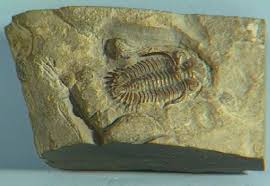
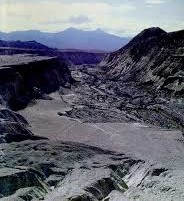
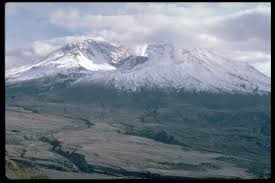
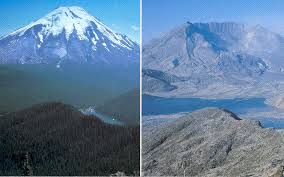
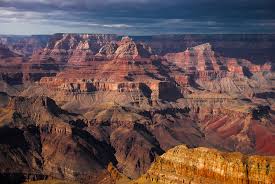
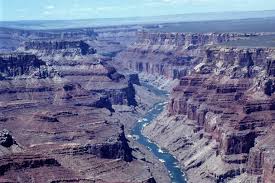
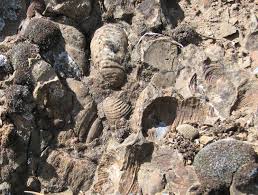
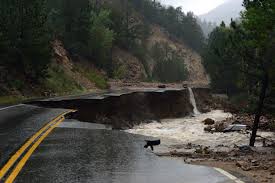
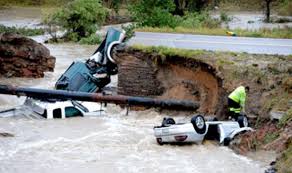
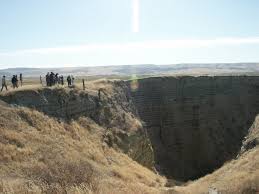
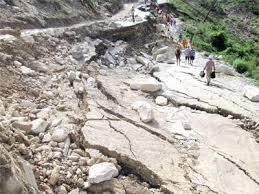

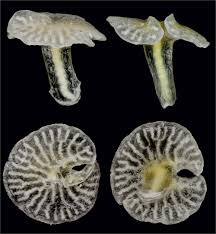
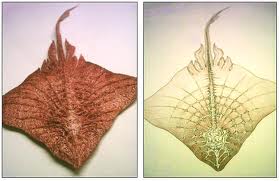
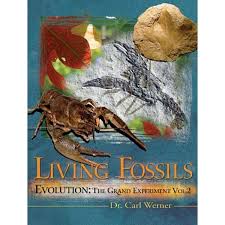
Sorry, comments are closed for this post.